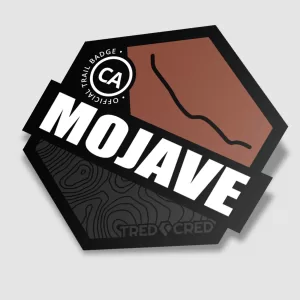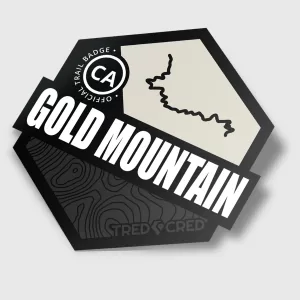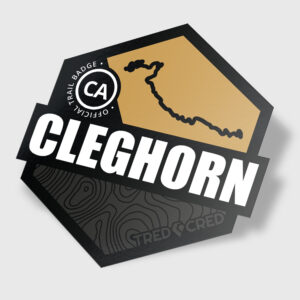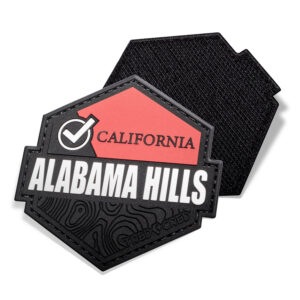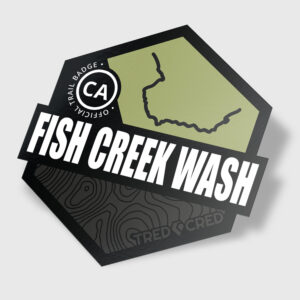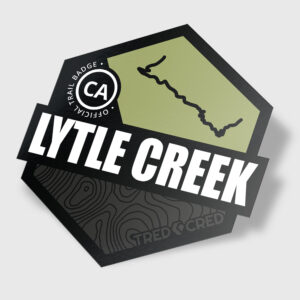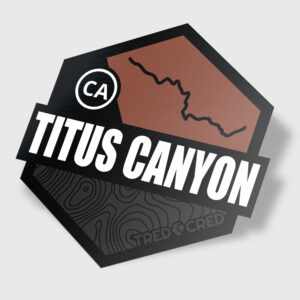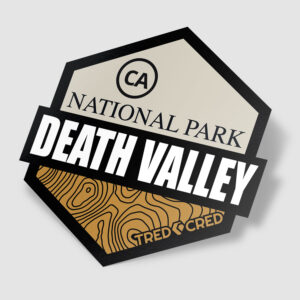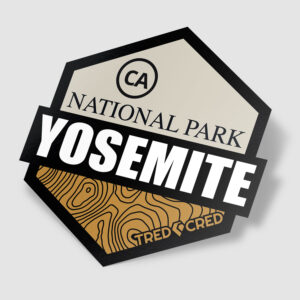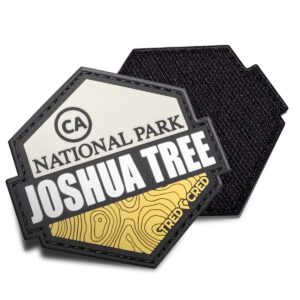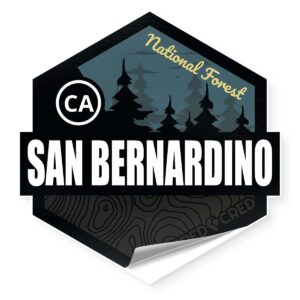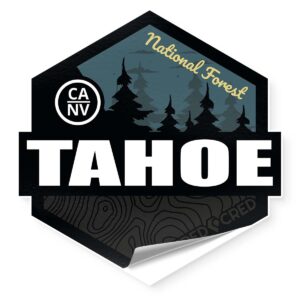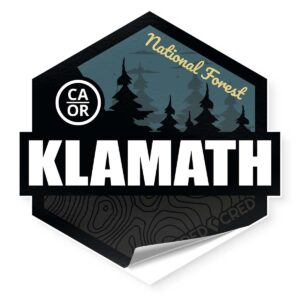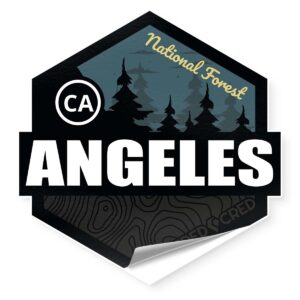Retracing History: Overlanding the Historic Routes of California
California’s vast deserts, rugged mountains, and sprawling valleys hold the echoes of intrepid explorers, pioneers, and gold-hungry travelers who carved their way through the untamed wilderness. Today, overlanders and 4×4 adventurers have the privilege of following in their tire tracks—tracing routes once taken by Spanish conquistadors, Native American traders, and wagon-laden settlers seeking new beginnings in the Golden State.
There’s something humbling about driving over a rutted dirt path, knowing that more than a century ago, someone crossed the same stretch of land with nothing but wooden wheels and sheer determination. Whether you’re chasing history, adventure, or the perfect sunset over the desert, these historic overland routes in California offer a window into the past—and incredible off-road experiences. Let’s dive into some of the most iconic trails that shaped California’s history and how you can explore them today.
The Old Spanish Trail: A Conduit of Commerce and Culture
The Old Spanish Trail was one of the most grueling and significant trade routes in the West. Winding from Santa Fe, New Mexico, to Los Angeles, California, this trail connected Spanish settlements, allowing for the movement of goods, livestock, and travelers in the early 1800s.
Exploring the Trail Today
Much of the Old Spanish Trail is now paved over or lost to time, but segments remain accessible for modern overlanders. One incredible way to experience this piece of history is by exploring the Mojave Road, which overlaps with the Old Spanish Trail in several places. This route offers a mix of deep sand, rocky passes, and water crossings through the harsh yet breathtaking Mojave Desert.
Pro Tips for Overlanding the Old Spanish Trail
- Gear Up for the Desert: This is an unforgiving environment. Pack plenty of water, fuel, and navigate with GPS and paper maps in case of electronic failure.
- Know Your History: Stop at notable waypoints like Piute Springs and Camp Cady to get a real sense of what travelers endured.
- Travel in Groups: The desert can be unforgiving, and mechanical breakdowns in remote sections can turn a day-trip into a survival scenario.
The Butterfield Overland Mail Route: America’s First Transcontinental Mail Route
In the mid-19th century, before the days of telegraphs and express trains, the Butterfield Overland Mail Route became the lifeline that connected St. Louis to San Francisco. Stagecoaches charged through rough terrain, braving bandits, brutal heat, and the unpredictable fury of the wilderness.
Follow the Trail in Your 4×4
Overlanders can follow parts of the Butterfield route through Anza-Borrego Desert State Park, one of California’s premier off-roading destinations. The rugged terrain makes for an exciting challenge, while relics of old stage stations dotting the landscape provide frequent reminders of the route’s storied past.
Tips for Driving the Butterfield Route
- Check the Weather: The park can reach brutal temperatures in the summer, while flash floods in unexpected seasons make sections impassable.
- Suspension Matters: Some parts of the trail are unforgiving washboard roads that will test your rig. Tune your suspension for comfort and control.
- Respect the Past: Many old ruins along the route are fragile pieces of history. Take only photographs and leave everything as you found it.
The Immigrant Trail: The Harrowing Journey West
During the California Gold Rush, thousands of pioneers traveled across the Sierra Nevada, forging routes such as the Carson Trail, Sonora Pass Trail, and Walker Pass. These trails became the backbone of migration into California, and many remain drivable (albeit challenging) for overlanders today.
Conquering the Sierra Nevada
If you’re looking for an overland adventure with stunning mountain views and a deep connection to history, take on the Immigrant Trail near Bodie, an eerie ghost town that once thrived with miners. The dirt roads around here offer a fantastic mix of technical driving and historical intrigue.
Preparation is Key
- Watch the Weather: Snow and mud can make high-altitude trails treacherous, so always check conditions before heading out.
- Mind the Elevation: Thin air can affect both engines and humans. If you’re new to high-altitude wheeling, acclimate first.
- Camp Smart: Bear-proof your food, as many of these trails cut through wildlife-heavy areas.
El Camino Real: The Mission Trail Linking California’s Past
One of the most famous historic routes in California, El Camino Real (“The King’s Road”) once linked the Spanish missions from San Diego to Sonoma. While much of it has evolved into modern highways, off-road enthusiasts can still explore portions of the original route via backroads and hidden trails.
A Different Kind of Overlanding Adventure
El Camino Real offers a glimpse into California’s colonial past, with stops at gorgeous historic missions and vineyards. Unlike the dusty trails of the Old Spanish Trail, this route rewards explorers with scenic rolling hills, coastal views, and cultural landmarks.
How to Experience It
- Plan a Hybrid Trip: Combine paved and unpaved sections to get a full appreciation of how this route evolved over time.
- Stop at Historic Missions: These well-preserved sites give insight into the Spanish era of California.
- Overland Meets Overnights: This is the perfect trail for those who enjoy mixing history with good food and relaxing campsites.
Final Thoughts: Driving Through Time on California’s Historic Trails
California’s historic overland routes aren’t just dirt paths—they are pathways into the past, connecting us with the explorers, pioneers, and settlers who paved the way for the state we know today. Whether you’re navigating the challenging terrain of the Mojave Road or tracing the more civilized route of El Camino Real, each mile tells a story.
As modern-day overlanders, we have the privilege of experiencing these trails with the safety of modern vehicles and satellite maps. But each time our tires kick up dust on these historic paths, we honor the sheer determination and resilience of those who traveled them long before us.
So, fuel up, check your maps, and get out there. History awaits.



